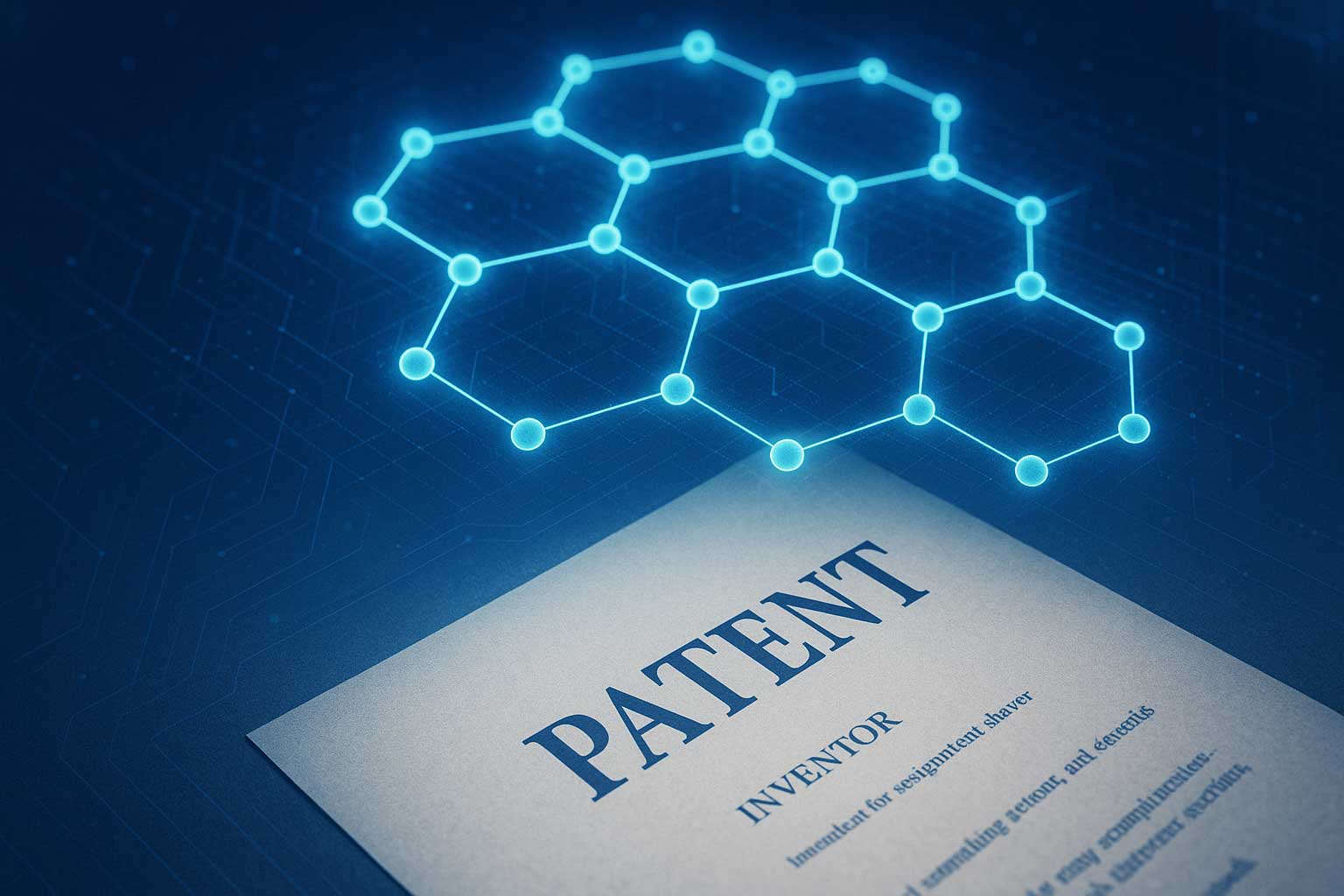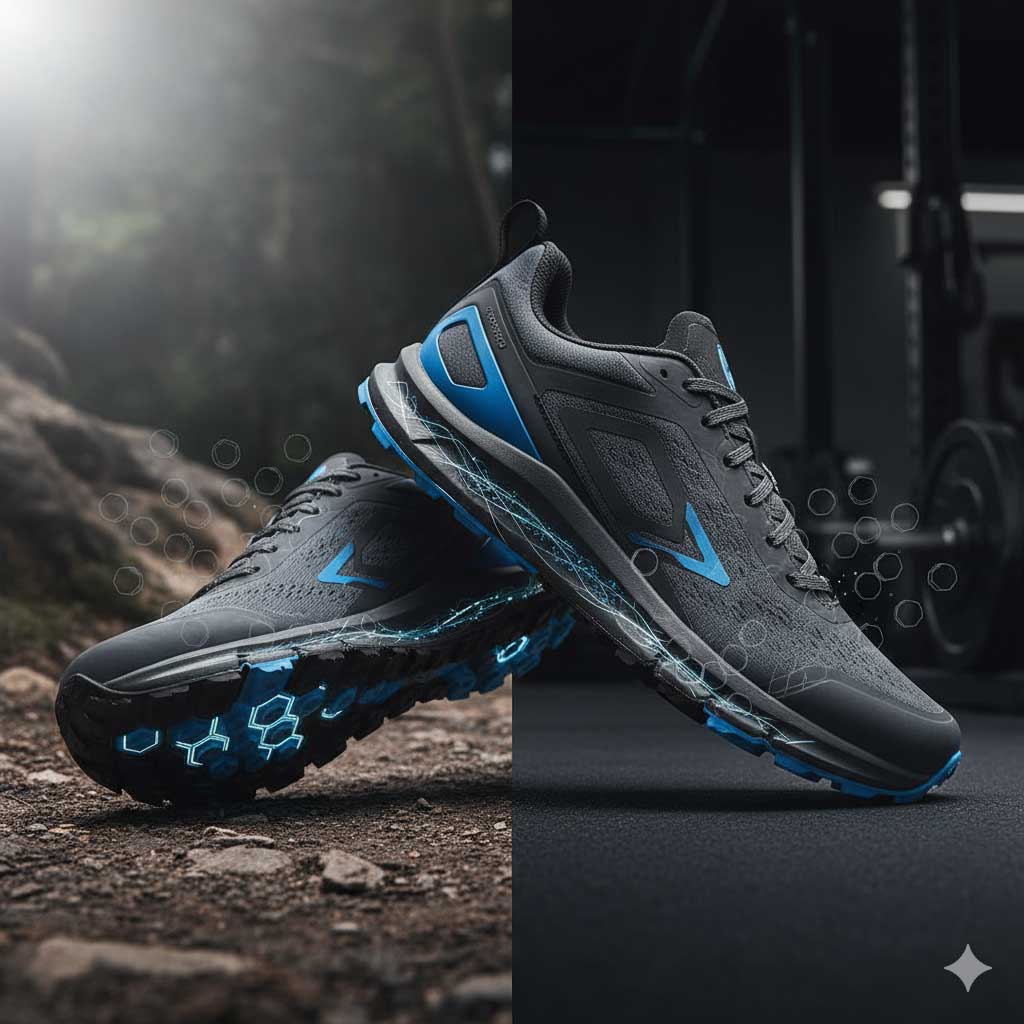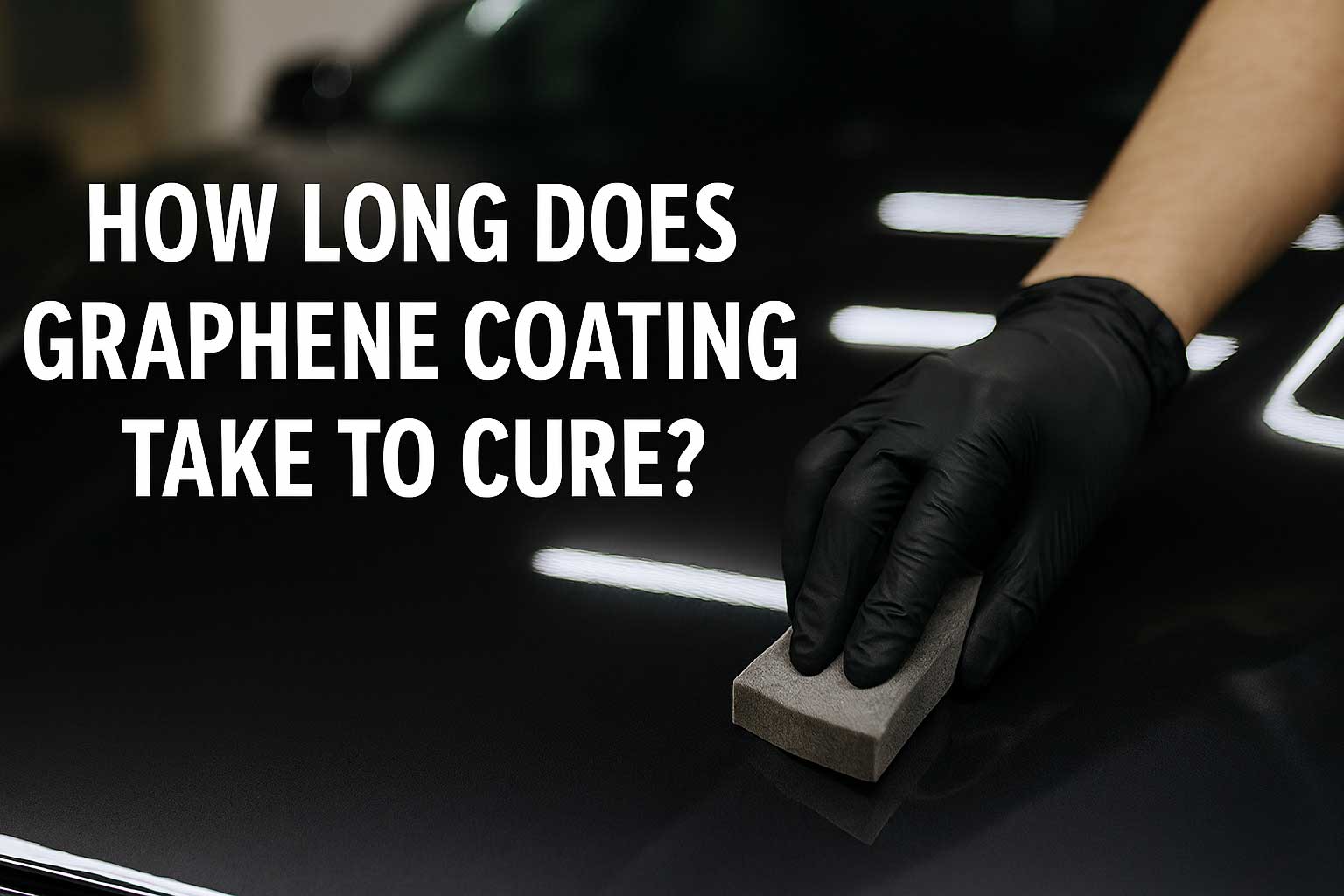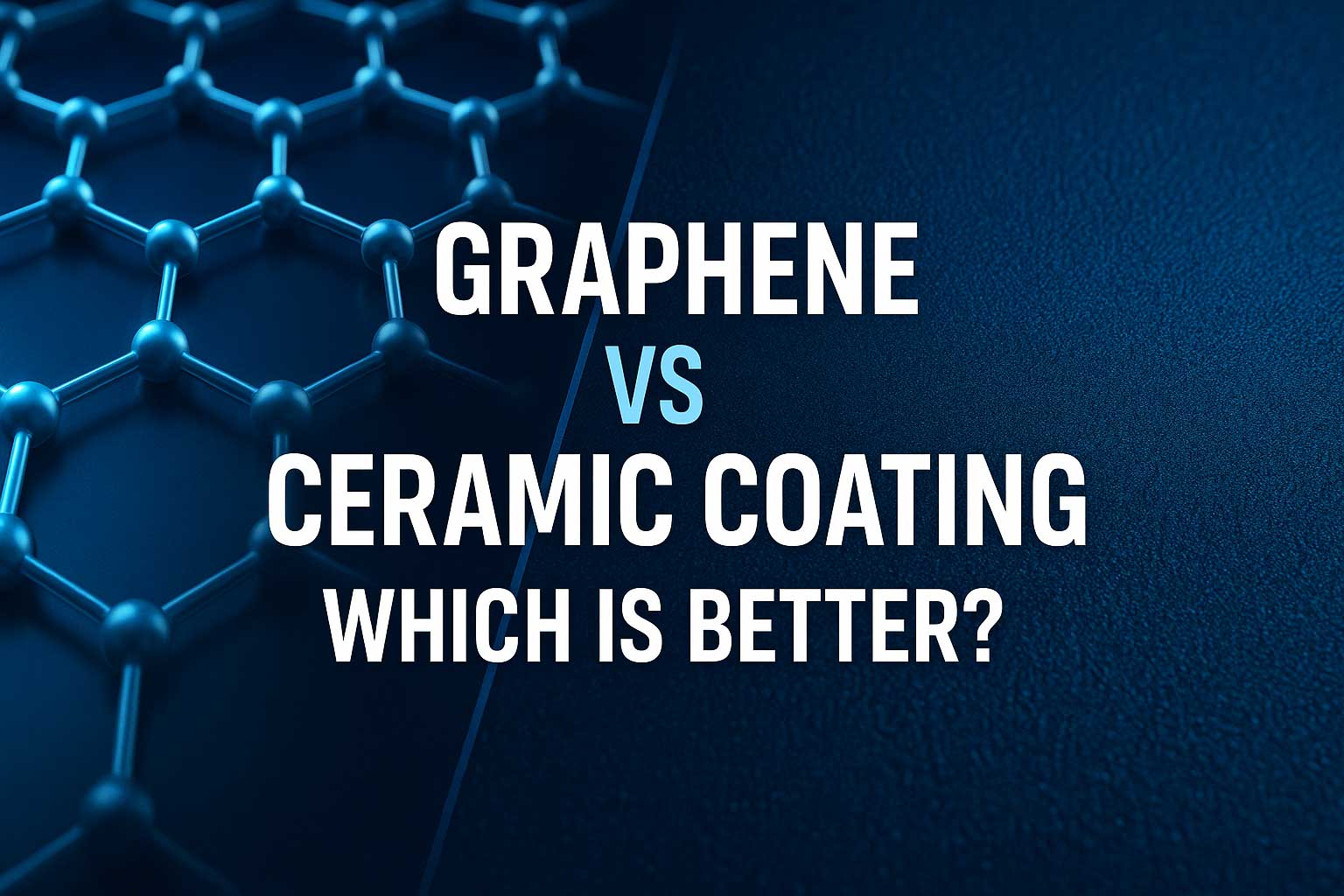Which Companies Are Securing Patents on Graphene Technology?
The “wonder material” Graphene is advancing from laboratory curiosity to commercial reality — and with that shift comes a fierce race among companies to secure intellectual property (IP) for graphene-based innovations. Patents serve as strategic shields, granting early movers rights to exploit graphene’s extraordinary properties in everything from batteries to coatings.
In this article we explore some of the most recent and notable patent grants in the graphene sector, highlight a few companies leading the charge, and explain what these moves mean for the future of graphene applications and the materials industry more broadly.
1. Why Graphene Patents Matter
Graphene — a single-atom-thick sheet of carbon atoms arranged in a hexagonal lattice — has exceptional mechanical strength, electrical and thermal conductivity, and flexibility. Because of these traits, it unlocks possibilities across multiple sectors: energy storage, electronics, composites, coatings, filtration and more.
Securing a patent gives a company exclusive rights (for typically 20 years) to exploit a particular process, composition, or use-case of graphene — limiting competition, attracting investment, and enabling licensing revenue. According to one recent analysis, there were over 1,000 active graphene patents globally, and more than 75 % of them were still live. (Source)
Early leadership in graphene IP can also serve as a barrier to entry for other firms and may be a key differentiator in a materials-industry ecosystem that still has many unknowns.
2. Notable Companies with Recent Graphene Patents
2.1 Graphene Manufacturing Group (GMG)
- GMG has been granted a patent in Australia for its Graphene Aluminium Ion Battery, developed in collaboration with University of Queensland (UQ). (Source)
- The patent covers their exclusive commercialization licence from UQ, and the company is progressing patent filings in other countries as well. (Source)
- This positions GMG not just as a graphene material producer, but as a player in the energy-storage chain — a strategic move.
2.2 Black Swan Graphene
- Black Swan Graphene has secured a U.S. patent for a continuous, cost-effective production process for high-performance graphene materials. (Source)
- The patented technology enables large-volume graphene production for applications such as polymers, concrete, and energy storage. (Source)
- By focusing on production scalability, Black Swan may overcome one of graphene’s biggest commercial hurdles — cost and volume.
2.3 First Graphene
- First Graphene announced in early 2025 that it has secured patents in Australia and South Korea for its “Kainos” technology, which enables production of high-quality battery-grade synthetic graphite and pristine graphene from petroleum feedstock using hydrodynamic cavitation. (Source)
- That positioning aligns with the fast-growing demand for graphene additives in battery systems.
2.4 Global Graphene Group
- This company has a very large patent portfolio — hundreds of issued and pending patents across graphene production, films, coatings, and functional devices. (Source)
- It signals that some players are trying to build broad IP moats in the graphene ecosystem.
3. What This Means for Industries & Investors
- Production will matter: Companies that hold patents on scalable, cost-effective production of graphene may have a major advantage.
- Applications will diverge: Patents around batteries (GMG), production methods (Black Swan), and advanced materials (Global Graphene) indicate that graphene’s commercial path is branching into many sectors.
- Licensing & partnerships could accelerate adoption: Firms with IP rights may license their technologies to manufacturers, accelerating real-world use of graphene.
- Competition and consolidation ahead: The number of patents suggests that industry consolidation, IP licensing disputes, or strategic alliances are likely.
- Risk remains: Having a patent doesn’t guarantee commercial success — markets, supply, manufacturing scale, and downstream adoption still pose hurdles.
FAQ
Q1: Is there one single company that “owns” graphene?
No — graphene is a broad material class and hundreds of organisations (companies, universities, research labs) have filed patents covering different aspects (production, composition, application) of graphene technology. (Source)
Q2: How long does a graphene patent last?
Typically, once granted, a patent lasts about 20 years (depending on jurisdiction). This gives the holder exclusive rights to exploit the invention within that timeframe, assuming maintenance fees are paid.
Q3: Does a patent guarantee commercial products?
Not necessarily. A patent only grants rights — it doesn’t guarantee a market, manufacturing scale-up, or cost competitiveness. Commercialisation remains a separate challenge.
Q4: Which industries are likely to benefit most from graphene patents?
Current focus areas include: energy storage (batteries, supercapacitors), electronics (flexible circuits, sensors), composites/materials (coatings, lightweight structures), and filtration/membranes for water or gas treatment.
Q5: Can other companies license graphene patents?
Yes — companies that hold patents often seek licensing agreements or joint-ventures. This can accelerate the spread of graphene-based innovation by enabling others to use the patented methods or materials under licence.




